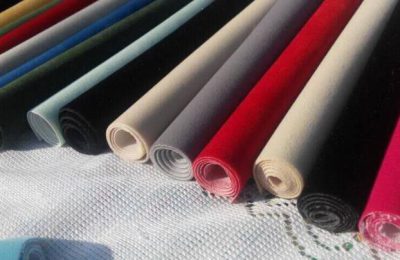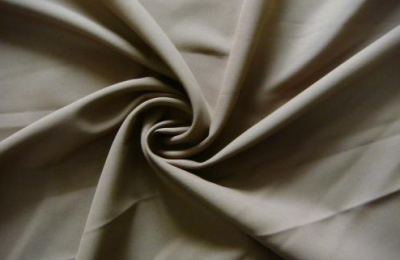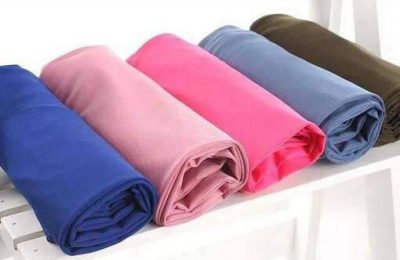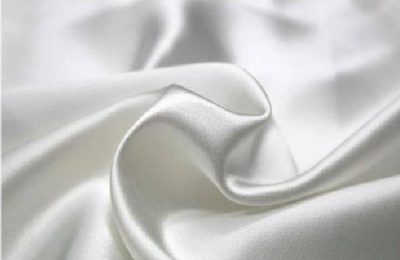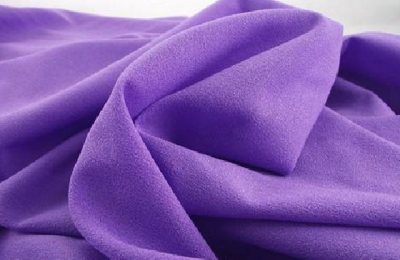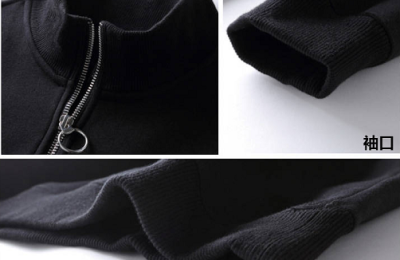Recently, the editor has received questions about the impact of stretching on the microporous polytetrafluoroethylene membrane. Next, the editor will tell you about the impact of stretching on the mechanical properties of the film.
Stretching ratio and stretching temperature have obvious effects on the tensile strength and elongation at break of the film. Compared with unstretched polytetrafluoroethylene tape, the strength of the film is doubled.
The tensile strength of polytetrafluoroethylene microporous membrane increases as the stretching temperature increases, while the elongation at break of the microporous membrane decreases as the stretching temperature increases.
This is because as the stretching temperature increases, the molecular chain mobility becomes higher, the wafer becomes easier to unwind, and the orientation of the microfibers in the film becomes higher.
When the stretching ratio is small, the length of the microfibers is smaller and the orientation is lower. When the stretching ratio is larger, micropores with a more uniform size distribution can be obtained.
Although the degree of microfiber orientation increases, the larger microfiber size causes the microfibers to de-orient during the subsequent heat setting process, thus reducing the strength.
The biaxial stretching process of polytetrafluoroethylene film gives the film good void characteristics. After the film is stretched in different directions, the structure of the micropores and agglomeration of the film changes, and at the same time the mechanical properties of the film are improved. Has anisotropic properties.
</p



